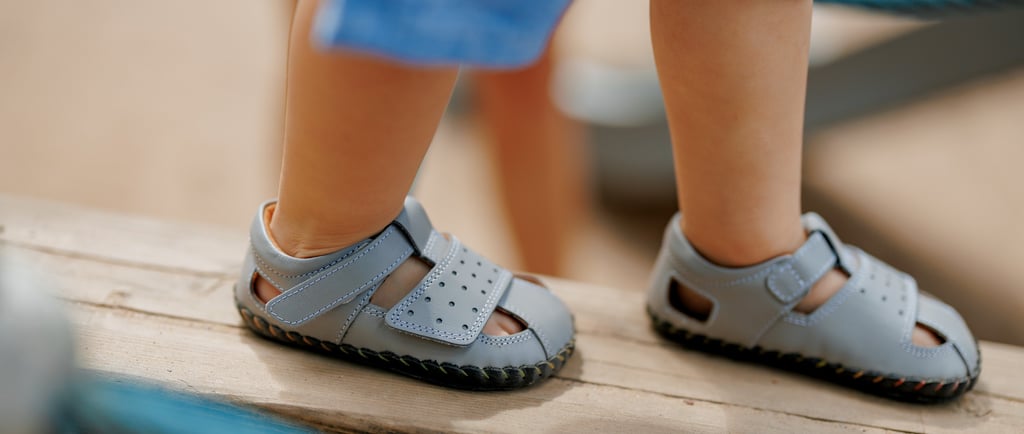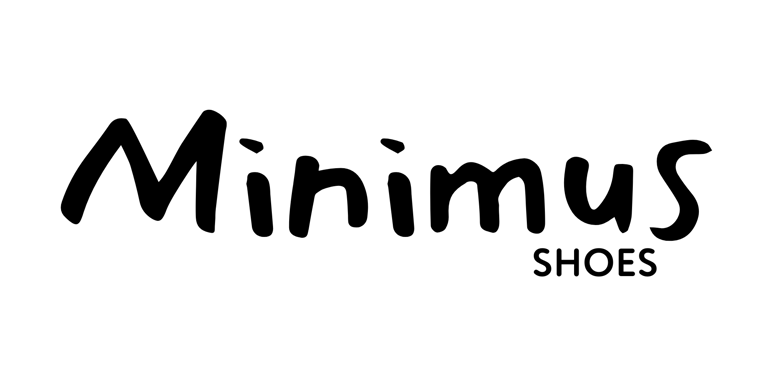Choosing the First Shoes — and Understanding How Children’s Feet Develop
There’s something truly special about those first steps — the cautious balance, the tiny wobble, and then that proud little smile when it works. For many parents, it’s also the time to think about the first real shoes. But before choosing them, it’s worth taking a moment to understand how a child’s feet actually develop.
2 min lasīt


There’s something truly special about those first steps — the cautious balance, the tiny wobble, and then that proud little smile when it works. For many parents, it’s also the time to think about the first real shoes. But before choosing them, it’s worth taking a moment to understand how a child’s feet actually develop — and why the right kind of shoes make such a difference for life.
From the very first days, you can see that a baby’s foot has a beautiful V-like or fan-shaped form — wide in the front, where the toes are, and narrower at the heel. This natural shape isn’t a coincidence; it’s what gives us balance and stability. Toes that can spread freely help the body find its centre, react quickly to movement, and maintain proper alignment.
That’s why, at Minimus, we believe there’s no single day in life when a child should “switch” to normal shoes — because what we often call normal is, in fact, what leads away from natural foot health. From the first baby steps onwards, feet should remain free to move, stretch, and strengthen.
For babies and toddlers, this journey starts with soft-soled barefoot shoes — gentle protection that still allows every muscle and bone to work as nature intended. In our Babies section, we’ve gathered a selection of first-step footwear designed exactly for this stage — soft, natural, and shaped like a real child’s foot. They protect without limiting and support without interfering — letting those little feet grow strong, balanced, and beautifully natural.
As children grow stronger and begin to walk more, the soles naturally become a little sturdier — not because their feet need more support, but because they themselves are heavier, cover more distance each day, and require more traction and durability. Even then, the outsole should stay as flexible as possible, bending and moving together with the foot.
If we were to walk through life barefoot — or in shoes that don’t restrict the toes — the healthy V-shape would remain the same throughout adulthood. But conventional shoes, with their narrow and pointed toe boxes, gradually force the toes closer together, weakening balance and changing the natural structure of the foot. Over time, this can lead to very real problems such as bunions, misaligned toes, joint discomfort, and other posture-related health issues that affect the entire body — knees, hips, and even the spine.
And while this post is mainly about children, it’s worth remembering that these principles stay true for life. The freedom of movement, the balance, and the natural posture — they all begin in childhood and carry us through every step that follows.
Follow Us
Subscribe to our newsletter
Info
Care About Your Shoes
